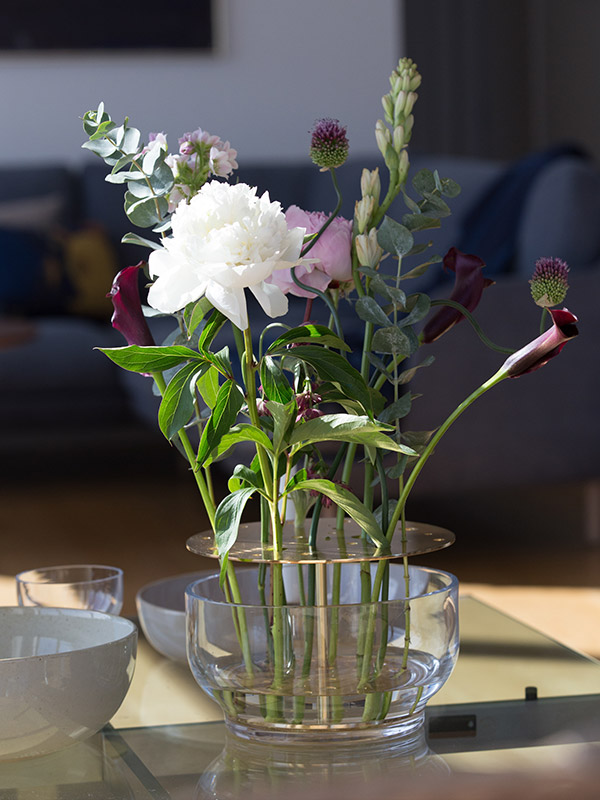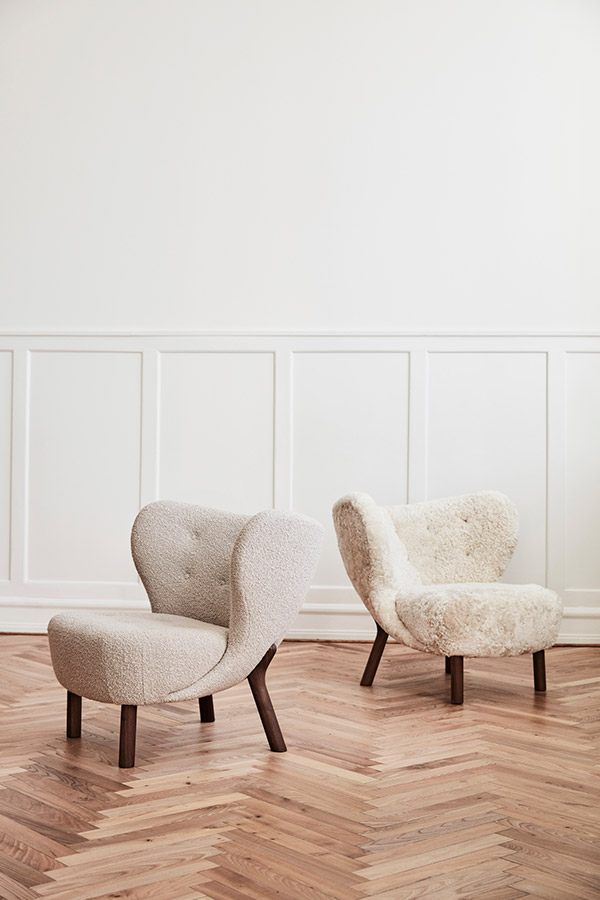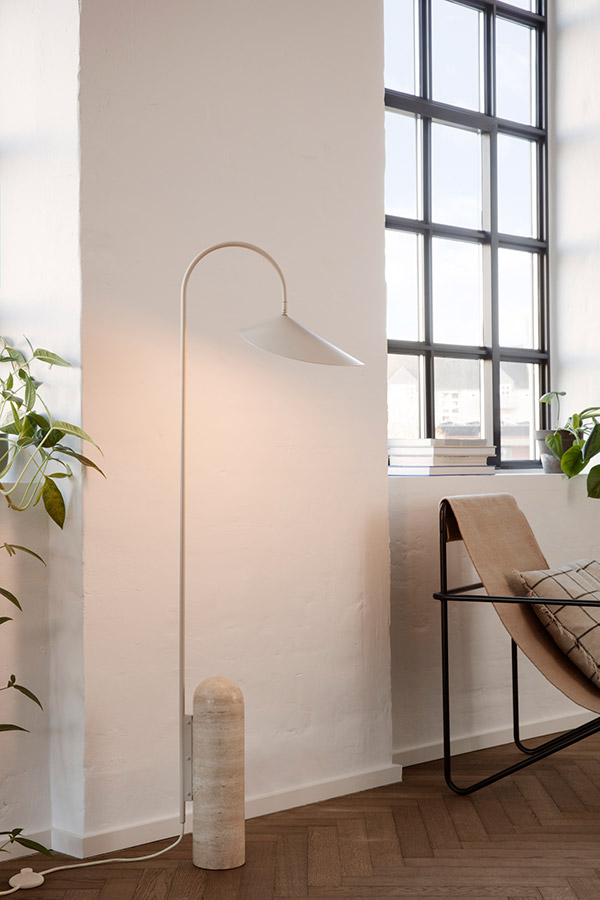The benefits of biophilic design
If there’s one thing we’ve noticed over the past few months – it’s been how much people have been connecting with nature. In times of stress, we crave a relationship with the natural world – whether this is walking through our local park, filling our homes with houseplants or being able to relax in our gardens.
Exposure to nature and the colour green has been shown to provoke the release of good endorphins; it can even help people heal faster. Mental health charities across the world also recommend spending more time outdoors to combat problems such as anxiety and depression.
So, with nature’s proven impact on our mental health and physical wellbeing, could biophilia hold the key to creating sustainable and inviting spaces in the post-pandemic world?
What is biophilic design?
Interior design begins with the human experience – how do we as individuals feel in a space, physically, mentally and emotionally? To create spaces that are both healthy and that people have a desire to inhabit, contemporary interiors are increasingly turning toward the principles of biophilic design.
Biophilia suggests that humans have an innate connection with the natural world, built up through centuries of living in non-urban settings. By bringing elements of nature into our interiors, we can enhance this connection and elevate the well-being of those inhabiting the space.
Biophilic design translates this idea into principles that can be used to create human-centred spaces - multi-sensory interiors that resonate across gender, age and culture and can have numerous benefits to health and well-being. Materials, textures, colour, shape, lighting and ventilation all combine in well-designed biophilic spaces to create an environment that is calming and inviting.
We’ve picked out a few key ways in which you can start to introduce biophilic design principles into your interiors:
Direct experiences of nature
Introducing plants into a space - whether this is through framing a striking view out of the window or simply displaying a bunch of fresh flowers in a statement vase, bringing the great outdoors inside is easier than you may think. Layer up your greenery to create a statement feature or even invest in dried flowers if keeping plants watered is too much to handle. This is an easy and often affordable way to introduce biophilic design principles into a space.
Make it easy for people to access the outdoors - as well as providing glimpses of nature within your interiors, consider how your building allows people to access the outdoors. Could you introduce outdoor seating onto a patio to create a place of refuge outdoors? Does your courtyard encourage people to spend time in it?
The beauty of natural light - maximise the potential of natural light with skylights, atriums and carefully positioned windows. Artificial light simply cannot compare with the movement, patterns and shadows cast by the sun – things that help inhabitants to feel connected to the natural rhythms of the day.
Indirect experiences of nature
Introduce natural motifs - a pattern in the wallpaper, the form of a vase or the curves in a chair – organic forms that suggest shapes from nature are a great way to introduce another nod to nature into your interiors.
Make the most of natural materials - textures that tempt our fingertips – combining materials such as cork, rattan, wool and wood in a space creates a natural material palette that can put us at ease. Tactile stimulation has been shown to help reduce our cortisol levels (which cause stress) and trigger the release of oxytocin (the love hormone) helping us to feel happier and more relaxed.
Consider the colour temperature of your lighting - it’s almost never possible to use only natural light within a building, but choosing the right kinds of artificial lighting can have a huge impact on our mood and alertness. There are now a number of circadian lighting systems on the market which mimic natural daylight through colour-changing LEDs. By subtly removing the stimulating blue spectrum of light in the mornings and evenings, these lighting systems help to improve both alertness and sleep quality by creating a more adaptable space.
As we begin exploring what design looks like post-pandemic, spaces that support us both physically and mentally will only continue to grow in importance. Discover biophilic inspired furniture, lighting and accessories online at nest.co.uk
Are you looking to furnish your next project? Discover what Nest Contracts can do for you. Create an account to discover instant trade pricing, contact our team over email at projects@nest.co.uk or give us a call on 0114 243 3000.
The benefits of biophilic design
If there’s one thing we’ve noticed over the past few months – it’s been how much people have been connecting with nature. In times of stress, we crave a relationship with the natural world – whether this is walking through our local park, filling our homes with houseplants or being able to relax in our gardens.
Exposure to nature and the colour green has been shown to provoke the release of good endorphins; it can even help people heal faster. Mental health charities across the world also recommend spending more time outdoors to combat problems such as anxiety and depression.
So, with nature’s proven impact on our mental health and physical wellbeing, could biophilia hold the key to creating sustainable and inviting spaces in the post-pandemic world?
What is biophilic design?
Interior design begins with the human experience – how do we as individuals feel in a space, physically, mentally and emotionally? To create spaces that are both healthy and that people have a desire to inhabit, contemporary interiors are increasingly turning toward the principles of biophilic design.
Biophilia suggests that humans have an innate connection with the natural world, built up through centuries of living in non-urban settings. By bringing elements of nature into our interiors, we can enhance this connection and elevate the well-being of those inhabiting the space.
Biophilic design translates this idea into principles that can be used to create human-centred spaces - multi-sensory interiors that resonate across gender, age and culture and can have numerous benefits to health and well-being. Materials, textures, colour, shape, lighting and ventilation all combine in well-designed biophilic spaces to create an environment that is calming and inviting.
We’ve picked out a few key ways in which you can start to introduce biophilic design principles into your interiors:
Direct experiences of nature
Introducing plants into a space - whether this is through framing a striking view out of the window or simply displaying a bunch of fresh flowers in a statement vase, bringing the great outdoors inside is easier than you may think. Layer up your greenery to create a statement feature or even invest in dried flowers if keeping plants watered is too much to handle. This is an easy and often affordable way to introduce biophilic design principles into a space.
Make it easy for people to access the outdoors - as well as providing glimpses of nature within your interiors, consider how your building allows people to access the outdoors. Could you introduce outdoor seating onto a patio to create a place of refuge outdoors? Does your courtyard encourage people to spend time in it?
The beauty of natural light - maximise the potential of natural light with skylights, atriums and carefully positioned windows. Artificial light simply cannot compare with the movement, patterns and shadows cast by the sun – things that help inhabitants to feel connected to the natural rhythms of the day.
Indirect experiences of nature
Introduce natural motifs - a pattern in the wallpaper, the form of a vase or the curves in a chair – organic forms that suggest shapes from nature are a great way to introduce another nod to nature into your interiors.
Make the most of natural materials - textures that tempt our fingertips – combining materials such as cork, rattan, wool and wood in a space creates a natural material palette that can put us at ease. Tactile stimulation has been shown to help reduce our cortisol levels (which cause stress) and trigger the release of oxytocin (the love hormone) helping us to feel happier and more relaxed.
Consider the colour temperature of your lighting - it’s almost never possible to use only natural light within a building, but choosing the right kinds of artificial lighting can have a huge impact on our mood and alertness. There are now a number of circadian lighting systems on the market which mimic natural daylight through colour-changing LEDs. By subtly removing the stimulating blue spectrum of light in the mornings and evenings, these lighting systems help to improve both alertness and sleep quality by creating a more adaptable space.
As we begin exploring what design looks like post-pandemic, spaces that support us both physically and mentally will only continue to grow in importance. Discover biophilic inspired furniture, lighting and accessories online at nest.co.uk
Are you looking to furnish your next project? Discover what Nest Contracts can do for you. Create an account to discover instant trade pricing, contact our team over email at projects@nest.co.uk or give us a call on 0114 243 3000.







